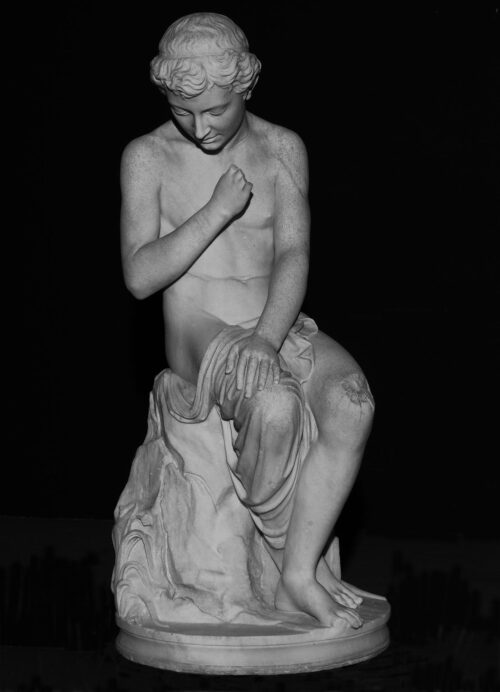
Vroutos Georgios (1843 - 1909)
Narcissus, 1886
He studied sculpture at the School of Arts with Georgios Fytalis from 1859 until 1864. In the meanwhile, he also learned marble carving at Ioannis Kossos’s workshop. In 1866, he was awarded a scholarship from Queen Olga, which enabled him to continue his studies in Rome for three years. He studied at the Academia di Francia for six months, and then, until 1870, at the St Luca Academy, with professors Adamo Tadolini and Filipo Gnaccarini, who were Canova’s pupils. In 1870, his teacher Gnaccarini introduced him to the banker Torlonia, who assigned him to install and maintain his collection of sculptures at his villa. He continued in this appointment until 1873. Returning to Athens in the same year, he established a workshop in Plaka. In 1883, following Leonidas Drossis’s death, he was appointed professor of plastic at the School of Arts, a post he maintained throughout his life. The Averoff contests of the National Technical University in Athens are his initiative. In 1888, he was elected member of the Paris Academy of Fine Arts and from 1900 began to teach sculpture at the newly established Women’s Art School of the “Dilettante Society.”
Besides his work permanently on show at his workshop, he participated in the Olympia exhibitions (1875 and 1888), an exhibition for the benefit of the Red Cross at Vassilios Melas’s residence (1881), the Parnassos exhibition (1885), the 1888 Panhellenic exhibition, the Greek Artists Society exhibition (1907) and Paris International Exhibitions (1878 and 1889).
Whereas his studies conditioned him to full compliance to the ideals and principles of neoclassicism, evidence of adopting realistic perceptions eventually emerged in his work. Even in his early works, his desire for originality was evident, yet was put on hold, however, by negative reception. He nevertheless avoided sterile neoclassicism and progressively adopted realistic qualities, especially in the late 19th century. He became involved with all types of sculpture, including funerary monuments, busts, statues as well as mythological subjects and children’s figures in the outdoors. He also worked for the restoration of ancient statuary, and in 1898 submitted a proposal for the restoration and reconstruction of the Lion monument at Chaeronea.

Narcissus, 1886
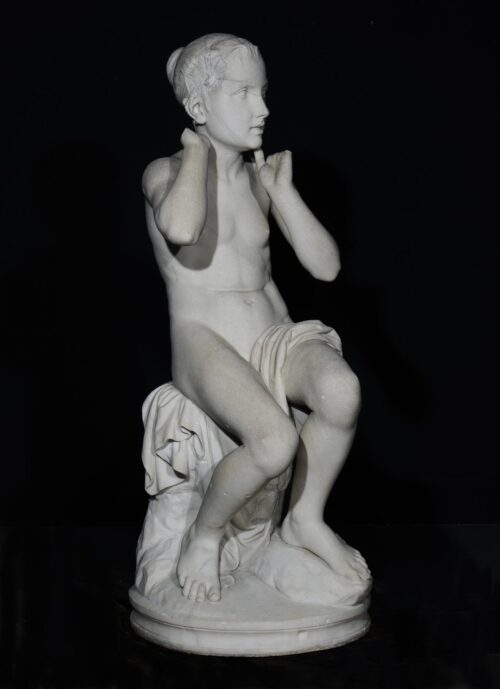
Echo, 1887
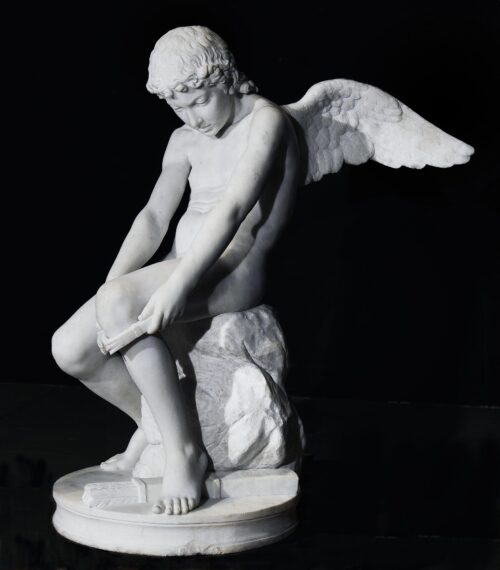
Cupid Breaks his Bow, [c. 1896]
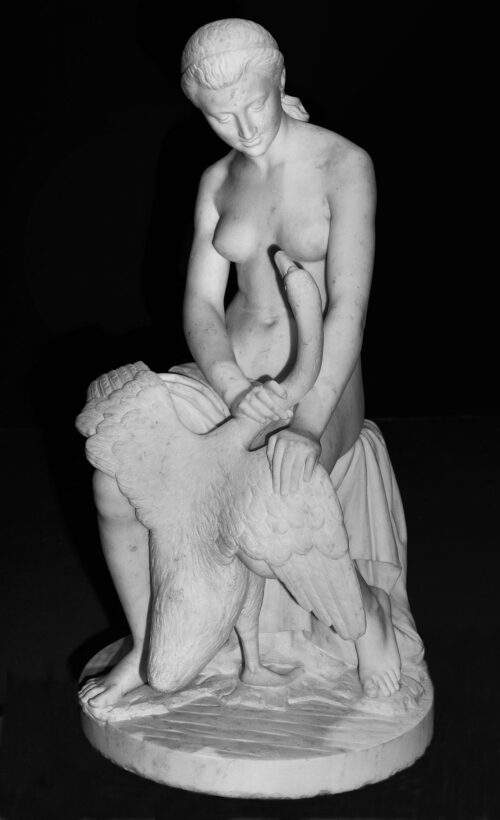
Leda and the Swan
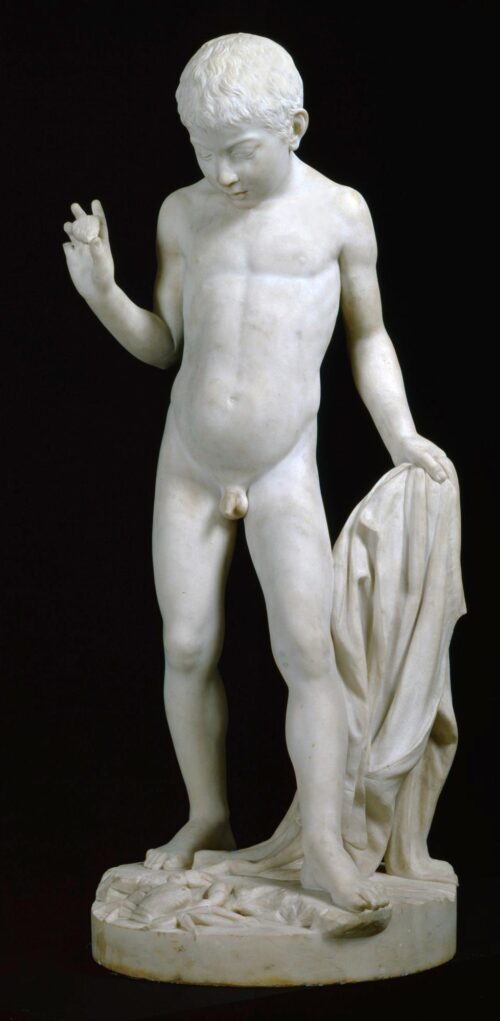
Boy with a Crab, [1891]
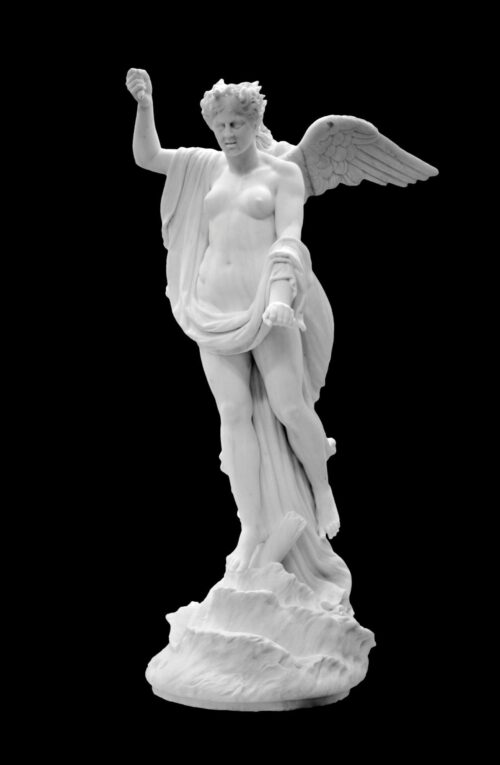
The Fury or The Tempest, 1903
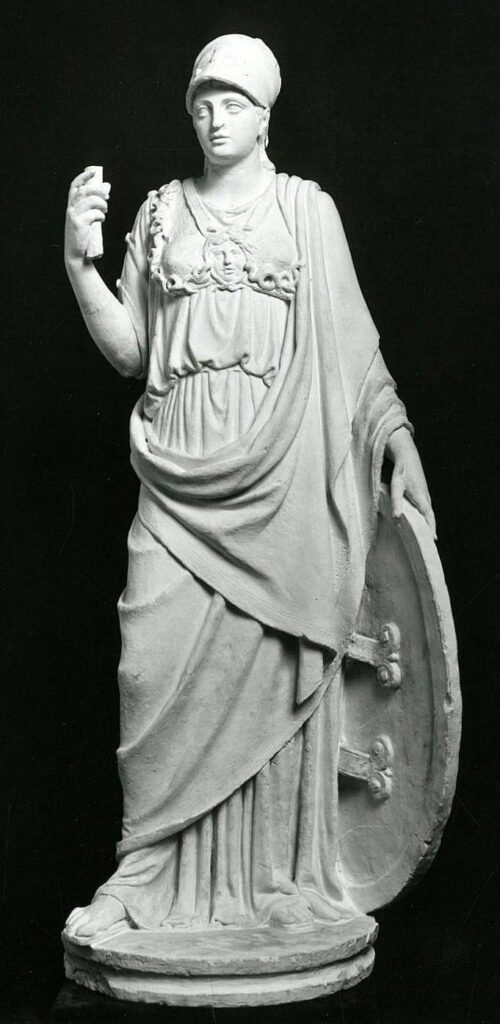
Athena, [before 1894]
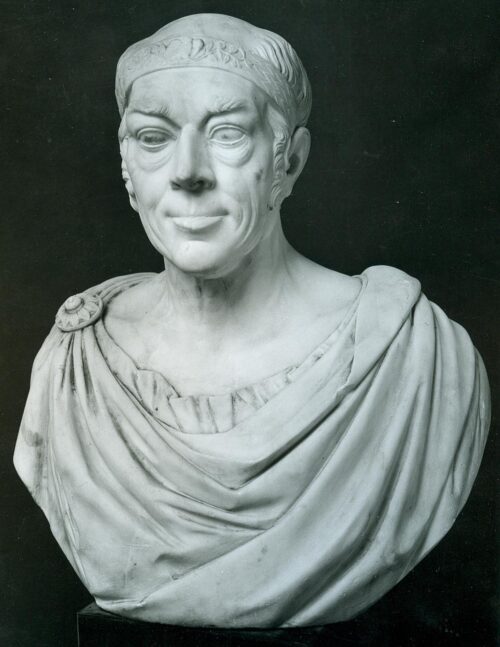
Bust of Frederick Guilford, 1888
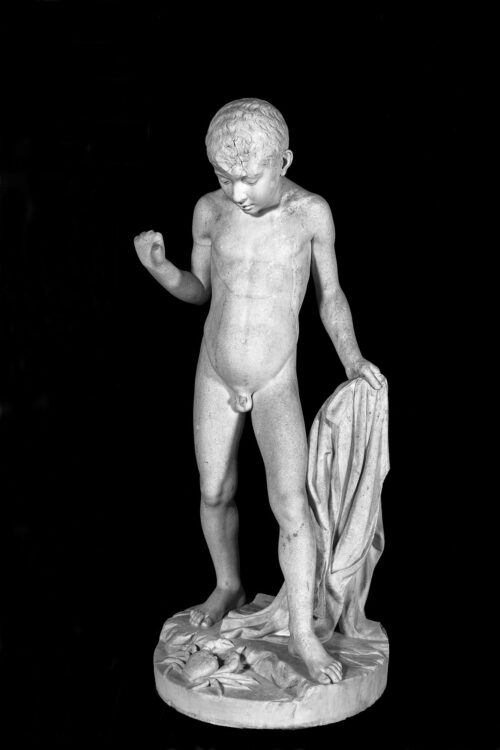
The Boy with the Crab, 1891
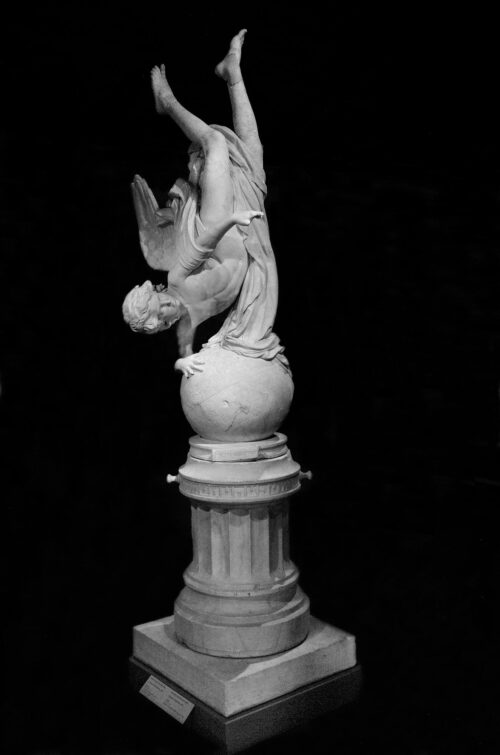
The Spirit of Copernicus, 1877

We use cookies to make our site work properly, to personalize content and ads, to provide social media features and to analyze our traffic. We also share information about how you use our site with our social media, advertising and analytics partners. Read the Cookies Policy.
These cookies are necessary for the website to function and cannot be switched off in our systems. They are usually only set in response to actions made by you which amount to a request for services, such as setting your privacy preferences, logging in or filling in forms. You can set your browser to block or alert you about these cookies, but some parts of the site will not then work. These cookies do not store any personally identifiable information.
If you disable this cookie, we will not be able to save your preferences. This means that every time you visit this website you will need to enable or disable cookies again.
These cookies tell us about how you use the site and they help us to make it better. For example these cookies count the number of visitors to our website and see how visitors move around when they are using it. This helps us to improve the way our site works, for example, by ensuring that users find what they are looking for easily. Our website uses Google Analytics for statistics reporting.
Please enable Strictly Necessary Cookies first so that we can save your preferences!